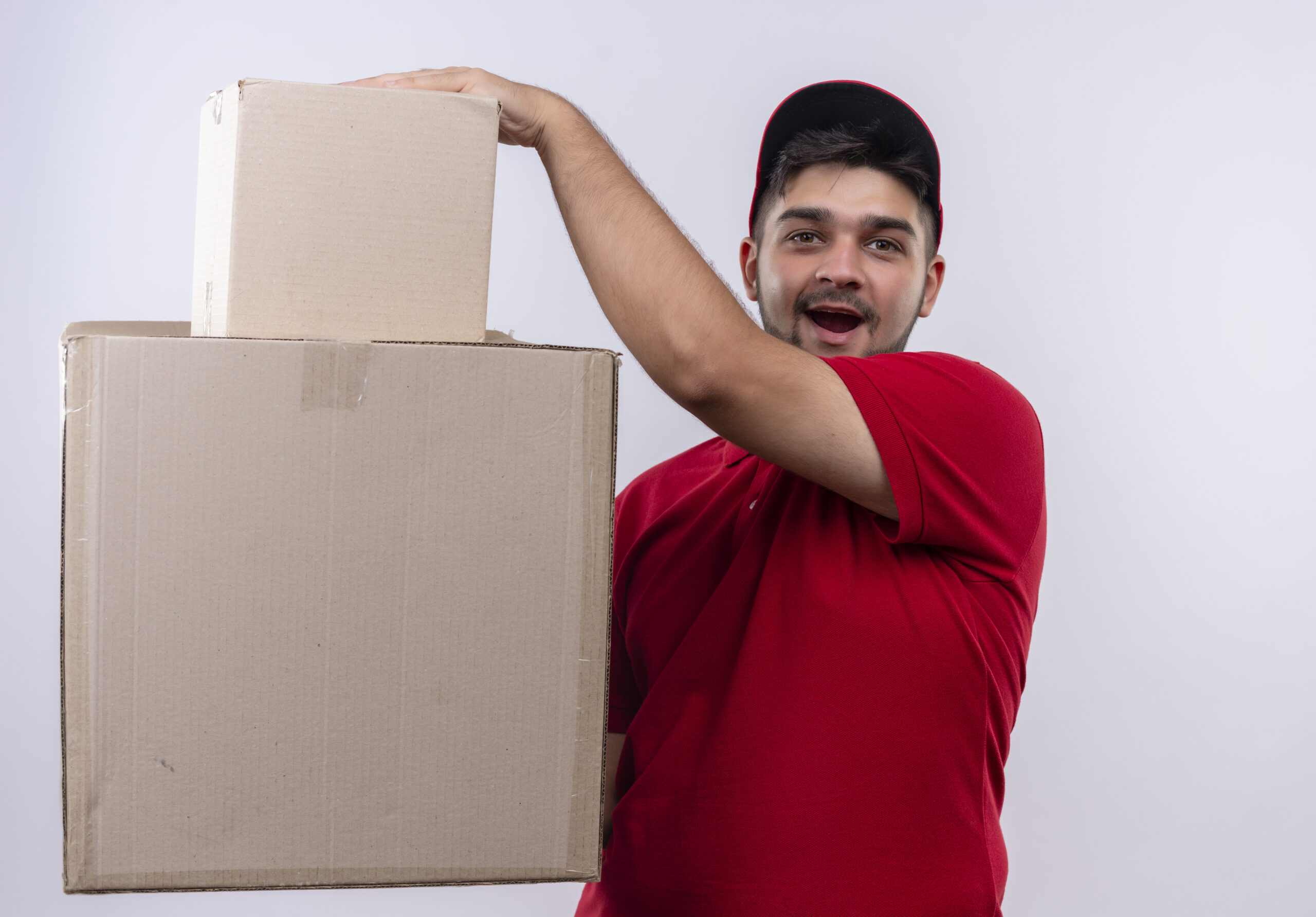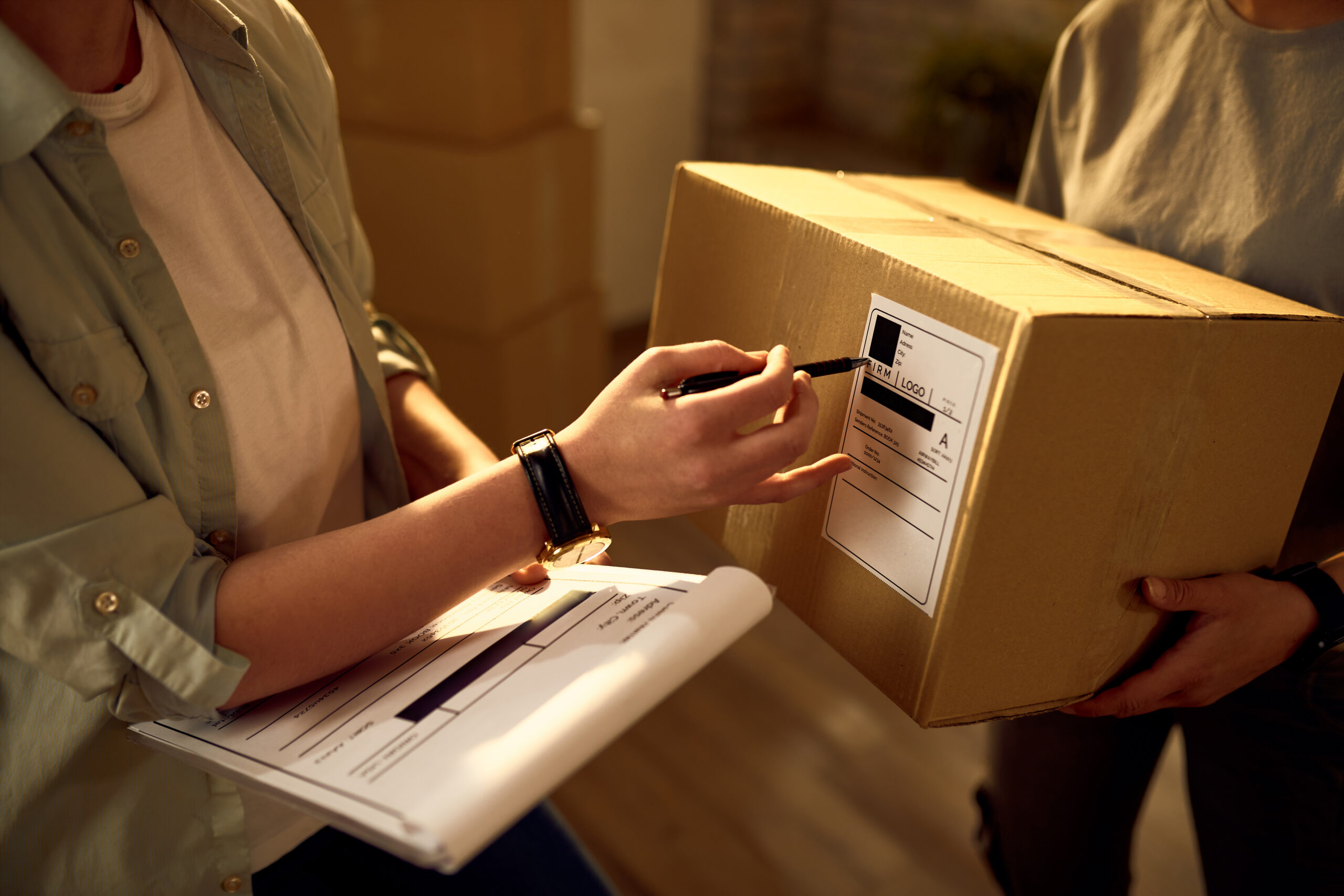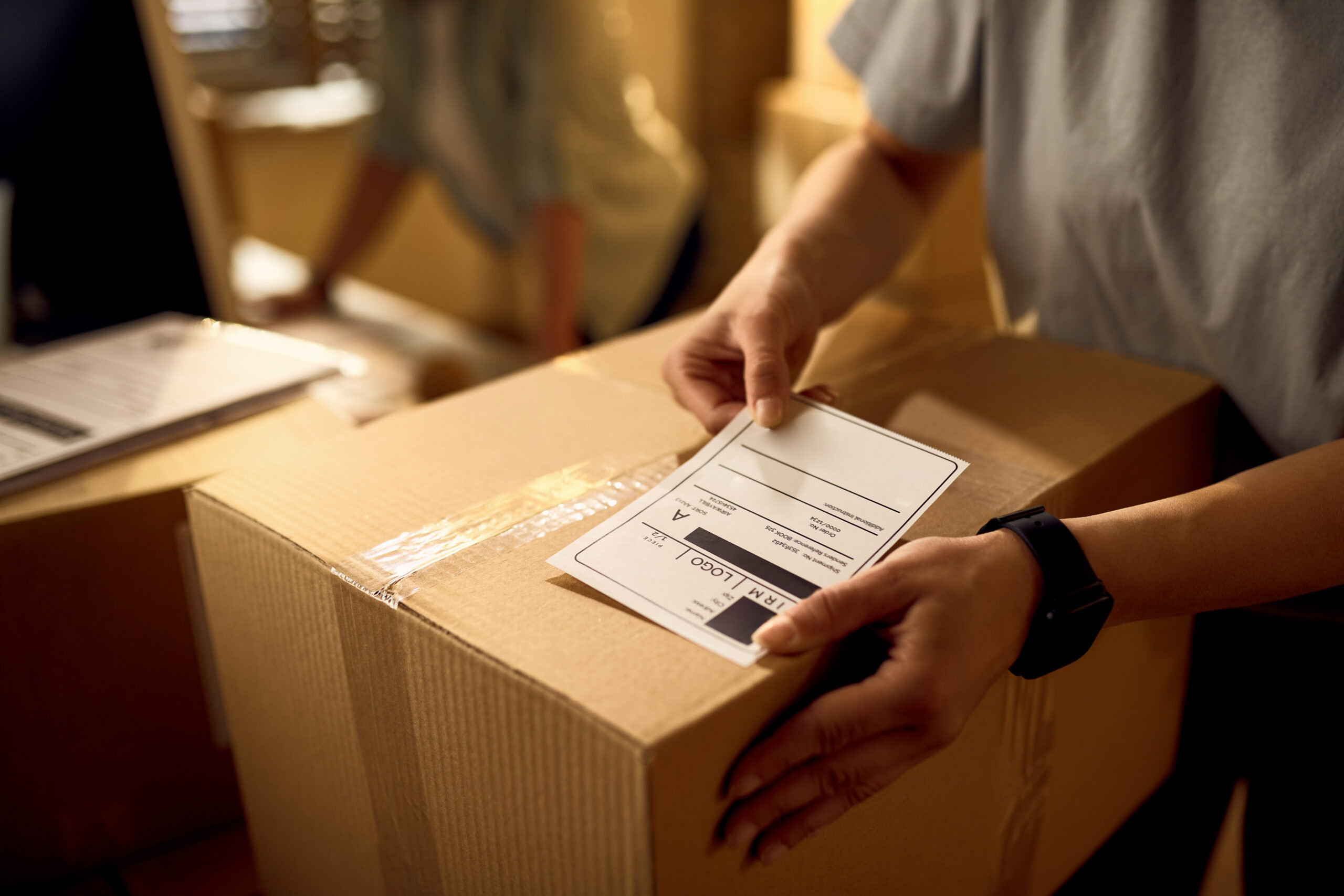Ever wondered what happens after you see the “out for delivery” status on your package tracking? This article dives into the intricate world of delivery, explaining what various delivery terms mean (such as what does out for delivery mean) the process involved, and how long it typically takes for a package to reach you after it’s out for delivery. Whether you’re a frequent online shopper or just curious about the logistics behind that tracking link, this comprehensive guide will provide valuable insights into the journey of your package from warehouse to doorstep.
Understanding the Delivery Process: A Step-by-Step Guide
What Does “Out for Delivery” Mean?
When your tracking information says “out for delivery,” it means that your package has left the final distribution center and is on its way to your address. This status is a key indicator that your package is in its final delivery stage.
The Role of Transit in the Delivery Journey
The transit phase plays a pivotal role in the delivery journey, acting as the bridge between the initial dispatch of a package and its final delivery. During this stage, the package travels from the sender, often through various distribution centers, and towards the recipient’s location. This journey can involve multiple modes of transportation, including trucks, planes, and trains, depending on the distance and logistics involved. Transit is crucial for efficiently moving packages across cities, states, or even countries. It’s a phase where the speed and coordination of logistics networks are tested, ensuring that packages move seamlessly through different checkpoints. Effective management of the transit phase is essential for minimizing delivery times and maintaining the integrity of the packages en route to their destinations.

How Long Does It Take for a Package to Arrive After It’s Out for Delivery?
Once a package is marked “out for delivery,” its arrival time can vary, typically ranging from a few hours to the end of the business day. This timeframe depends on several factors, including the delivery route’s complexity, the number of deliveries scheduled for the day, and the specific policies of the delivery service. Local traffic conditions and the package’s proximity to the distribution center also play a role. While most delivery services strive for same-day delivery once the package is out for delivery, recipients should be prepared for potential delays, especially during peak periods or in areas with challenging logistics.
Can Weather or Other Delays Affect the Scheduled Delivery Date?
External factors like weather conditions can delay the delivery process. This part explores how such delays impact the scheduled delivery date and what it means for your package’s arrival.
What Happens If You Miss Your Scheduled Delivery Date?
Missing your scheduled delivery date can be a common occurrence, especially in busy lifestyles. If you’re not available to receive your package, most delivery services will attempt a redelivery. Typically, the delivery agent leaves a notice with details on how to reschedule the delivery or pick up the package from a local post office or designated pickup point. Some companies may attempt delivery multiple times before holding the package at a nearby facility. In certain cases, you can also give pre-authorization for packages to be left in a safe place. It’s important to promptly follow up on missed deliveries, as packages may be returned to the sender if not claimed within a specific timeframe.
How Do They Keep You Informed?
Delivery notifications are essential for tracking the progress of your package. They provide real-time updates and alerts, helping you stay informed about the delivery status.
Understanding Delivery Exceptions and How to Handle Them
Delivery exceptions occur when unforeseen circumstances disrupt the expected delivery of packages. These can range from weather disruptions and logistical errors to incorrect addresses. It’s vital for companies to manage these exceptions efficiently to maintain customer satisfaction. Effective handling includes prompt communication with customers about the issue and expected delay, offering tracking updates, and providing alternative solutions if needed. Companies also benefit from analyzing these exceptions to improve their delivery processes. Transparent and proactive approaches in addressing delivery exceptions help build customer trust and reliability, ensuring long-term customer retention.
Optimizing the Delivery Process for Efficiency and Success
Optimizing the delivery process is crucial for shipping companies to ensure efficiency and customer satisfaction. This involves implementing advanced technologies for route planning and package sorting, leading to faster and more accurate deliveries. Companies also focus on real-time logistics management to adapt to changing circumstances quickly. Offering flexible and customer-centric delivery options, such as scheduled deliveries and secure pickup points, enhances the customer experience. Additionally, integrating sustainable practices in the delivery process reduces environmental impact and meets the growing consumer demand for eco-friendly operations.
The Impact of Delivery Trucks and Local Post Offices
Delivery trucks and local post offices are critical in ensuring the efficient flow of packages in the delivery chain. They play a significant role in last-mile delivery, which is the final step in getting packages from distribution centers to customers. Delivery trucks provide the flexibility and mobility needed to reach diverse destinations, while local post offices act as accessible collection and drop-off points, especially in remote areas. Their adaptability to handle different volumes of packages is crucial during peak times. These elements collectively ensure that packages reach their destinations safely and on time, forming the backbone of the delivery system.



